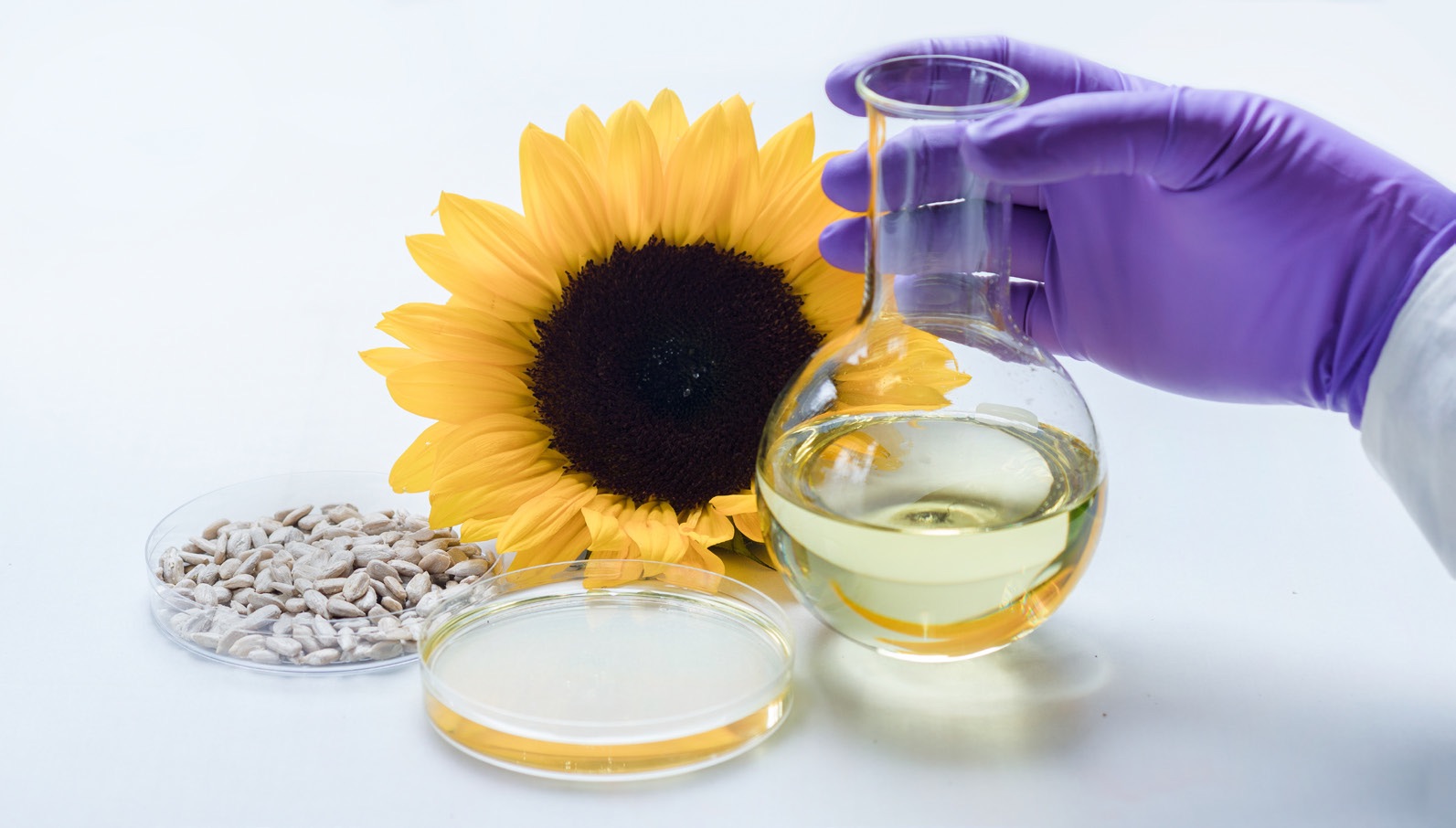The importance of biolubes
Don Smolenski | TLT Machinery December 2020
New technologies for these environmentally friendly lubricants are rapidly advancing.

New technologies are advancing for biolubes, and they have already made significant inroads in Europe.
With an eye toward reducing dependence on non-renewable fossil fuels, there has been increasing attention on renewable plant/vegetable-based fuels. Biodiesel fuel, for instance, is now becoming relatively commonplace. Following close on the heels of this are biolubricants (biolubes). Plant-based lubes have actually been around for thousands of years, and modern biolubes have already made significant inroads in Europe.
What defines a biolube? The federal government loosely defines it as a lubricant that is comprised of a significant percentage of a plant or vegetable base oil and/or additive package, and is, to some degree, biodegradable. (It is possible that it might be defined differently by marketing!) So, what are some typical vegetable/plant sources of biolubes? Many different types of biomass can be converted to lube stock, sometimes using pyrolysis (heating in the absence of significant oxygen), but this can be energy intensive and require neutralization and removal of significant water. Different natural oils, such as rapeseed, sunflower or many other plant oils, can produce base oils in different viscosity ranges with very good inherent lubricity.
What are the strengths of biolubes? Probably the greatest strength is their real (or perceived) environmental friendliness. They are renewable since they are produced from natural products and generally have lower aquatic toxicity, for instance, than mineral oils. Thus, they are less of a concern where incidental release to the environment might occur, such as in marine oils. They also often have better inherent lubricity than mineral oils.
What are the weaknesses of biolubes? They cannot be readily produced in all of the typical viscosity grade ranges and might have high pour and low flash points. They are typically more prone to hydrolysis and oxidation and might detrimentally affect some seal materials.
What are the best applications? Total loss lubricants, such as chainsaw or outboard motor lubricants, can take advantage of their environmentally friendliness. Manufacturing plant lubes are another potential application that exploits their good lubricity, while reducing worker exposure to mineral oil lubricants. This is especially true for metal-removal fluids. Construction and agricultural equipment, where hydraulic fluid leaks sometimes occur, also are good applications.
What are the more challenging applications for biolubes? Wet applications might expose their poorer hydrolytic stability, and very high temperature applications (such as engine oils), might challenge their oxidative stability. Also, applications that require very high cost qualification testing might be difficult. Smaller biolube refiners will likely find the multimillion-dollar cost of qualifying an engine oil, for instance, to be prohibitive to entry into the market.
What are the impediments to growth of biolubes? Many of the performance weaknesses can be overcome by chemically modifying the biolubes or through the use of additives, such as antioxidants. Another key impediment, though, is the approximately 1/3 typically higher cost of biolubes relative to mineral oils.
What does the future of biolubes look like? The technology is rapidly advancing, and consumer support of green technologies might help drive demand. Large refiners might partner with or purchase biolube refiners to address the consumer demand, while bearing the costs of qualifying the biolubes to the more demanding specifications. Government regulations could spur more use of biolubes, and labeling them as “environmentally friendly” might resonate with the consumers.
Don Smolenski is president of his own consultancy, Strategic Management of Oil, LLC, in St. Clair Shores, Mich. You can reach him at donald.smolenski@gmail.com.